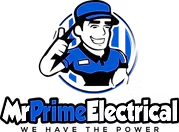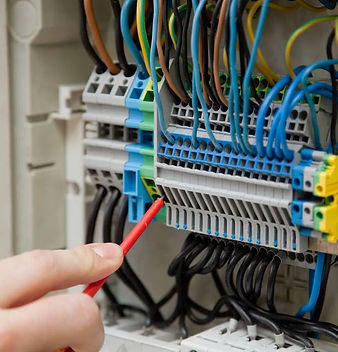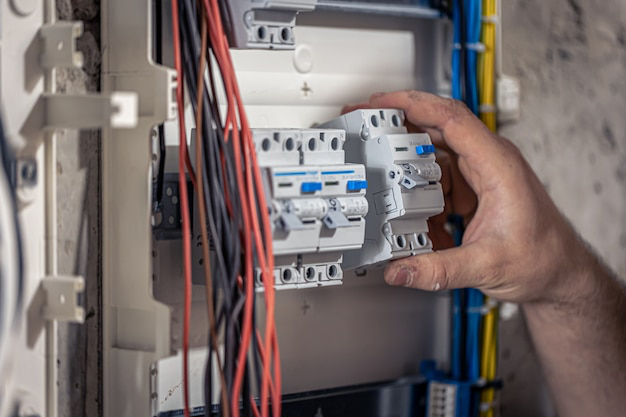Power outages can happen unexpectedly due to severe weather, equipment failures, or grid disruptions. While losing electricity is inconvenient, it can also pose safety risks if not handled properly. Knowing what to do before, during, and after an outage can protect your home and family. If you experience frequent outages, consulting a residential electrician can help identify potential wiring issues or recommend backup power solutions.
Before a Power Outage: Prepare in Advance
Preparation is key to minimizing the impact of a power outage. Here are some essential steps to take:
- Create an Emergency Kit– Keep flashlights, batteries, a first-aid kit, bottled water, and non-perishable food readily available.
- Invest in Surge Protectors– Power surges can occur when electricity is restored, damaging appliances. Using surge protectors can help prevent this.
- Have a Backup Power Source– If outages are common in your area, consider installing a generator. A residential electrician can help you set up a standby generator for uninterrupted power.
- Know Your Electrical Panel– Familiarize yourself with your circuit breaker and main power switch so you can turn off power if needed.
During a Power Outage: Stay Safe and Minimize Risk
When the power goes out, follow these safety guidelines:
- Check for Widespread Outages– Determine whether the outage is limited to your home or affecting the entire neighborhood. Contact your utility company for updates.
- Unplug Electronics– To prevent damage from power surges when electricity is restored, unplug TVs, computers, and other sensitive devices.
- Use Flashlights Instead of Candles– Candles pose a fire hazard, so opt for battery-powered lights.
- Keep Refrigerators and Freezers Closed– An unopened refrigerator can keep food cold for about four hours, while a freezer can maintain its temperature for 24–48 hours.
- Avoid Downed Power Lines– If the outage is caused by a storm, stay away from any downed electrical lines and report them to the utility company immediately.
After a Power Outage: Restore Power Safely

Once the power is back, take these precautions to ensure safety:
- Turn Appliances on Gradually– Switching on all appliances at once can overload circuits. Turn on essential devices first, then gradually restore power to others.
- Check for Damage– Inspect outlets, wiring, and appliances for signs of electrical damage. If you notice flickering lights, burning smells, or unusual buzzing sounds, contact a residential electrician to inspect your electrical system.
- Reset Circuit Breakers– If your power doesn’t come back fully, check the breaker panel to see if any circuits have tripped. Reset them if necessary.
Final Thoughts
Power outages can be disruptive, but with proper preparation and safety measures, you can minimize risks and protect your home. If you experience frequent outages or suspect electrical issues, a residential electrician can assess your home’s wiring and recommend upgrades to improve reliability. Stay safe and always prioritize electrical safety during outages.
Protect Your Home from Electrical Hazards with Services from Mr. Prime Electrical
Keep your home safe with expert electrical services from Mr. Prime Electrical! From home electrical repair in San Carlos to residential electrical wiring in Burlingame, our team ensures top-quality solutions. Need a 24-hour residential electrician in South San Francisco? Call now for reliable service and peace of mind!




